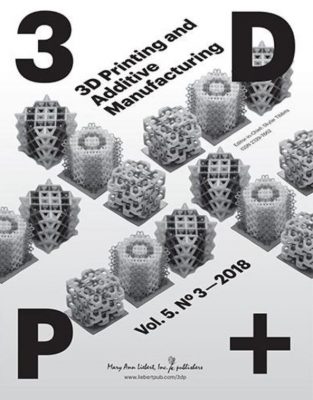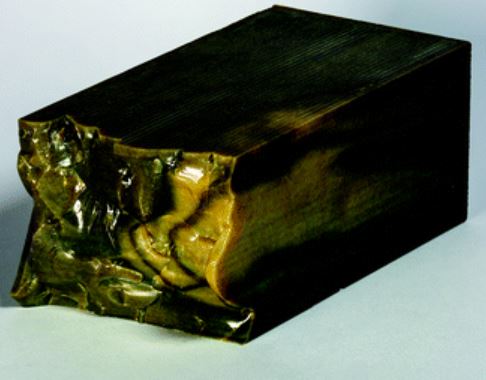Scientists at Columbia University have used 3D printing to produce digital wood. Digital wood is a highly complex material for 3DP printing. It consists of a combination of external color textures and internal grains. They used a 3D printing method called ‘voxel printing.’ In other words, they used a voxel-capable 3D printer.
The researchers modeled the object on an olive wood sample. They managed to replicate its exact internal grain pattern throughout.
Voxel printing
A voxel is a 3D pixel. Voxel printing allows the user to define a color for each individual point of the object being 3D printed. We call these points voxels. Voxel printing enables the creation of parts with complex material distribution.
Fabian Stute, Joni Mici, Lewis Chamberlain, and Hod Lipson wrote about their work in the journal 3D Printing and Additive Manufacturing (citation below).
The authors explained that it is impossible to copy 3D objects with complex internal textures. This, they added, is a gap in current 3D printing technology.

Creating digital wood
They used destructive tomographic imaging to get very thin images of a wood sample. Then, they fed the stack of 230 images to a voxel-capable 3D printer.
The researchers also wrote about less destructive and invasive methods to image the interior of materials. Specifically, materials with very complex internal textures.
Abstract
In an Abstract that precedes the main article, the authors wrote the following regarding their digital wood:
“The final printed object closely resembles the original wooden block both in its external appearance and in its internal color pattern, as confirmed when the block is cut or broken.”
“The presented workflow can be employed in digital replication of objects with complex internal patterns that have thus far been impossible to manufacture.”

About 3D printing
3D printing is a type of additive manufacturing. The technology creates objects by depositing or adding layers of a material, i.e., adding thin layer after thin layer.
It contrasts with subtractive manufacturing, which works the other way round. In subtractive manufacturing, you start with a block of something and gradually remove parts of it until you have your desired object.
Citation
“Digital Wood: 3D Internal Color Texture Mapping,” Fabian Stute, Joni Mici, Lewis Chamberlain, and Hod Lipson. 3D Printing and Additive Manufacturing, Vol. 5, No. 4. DOI: https://doi.org/10.1089/3dp.2018.0078.

